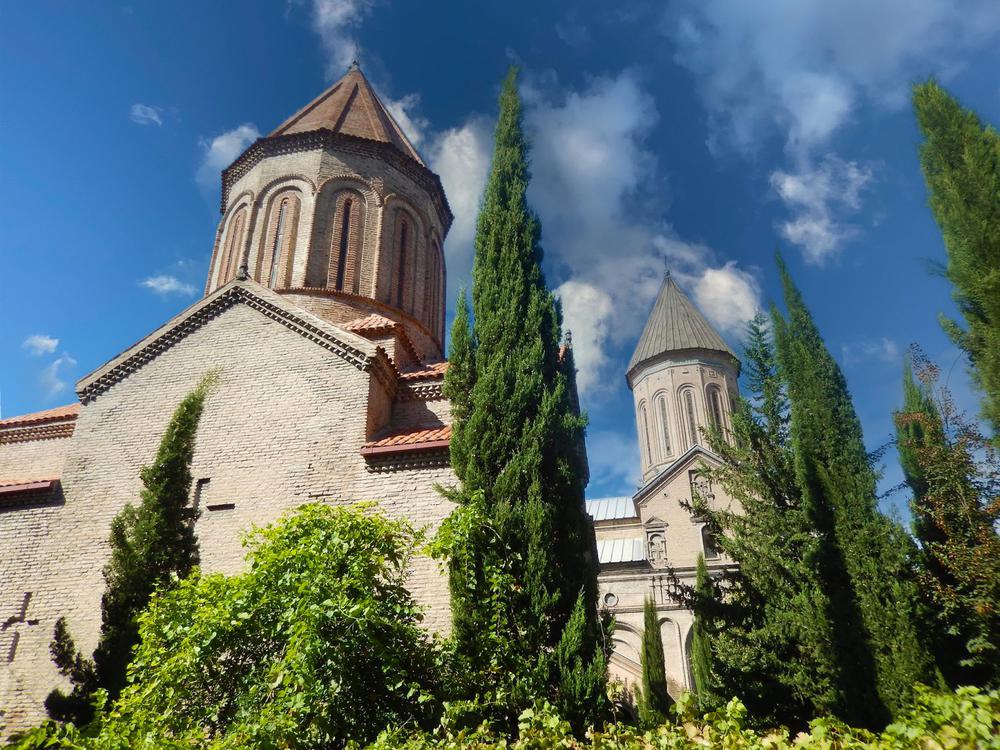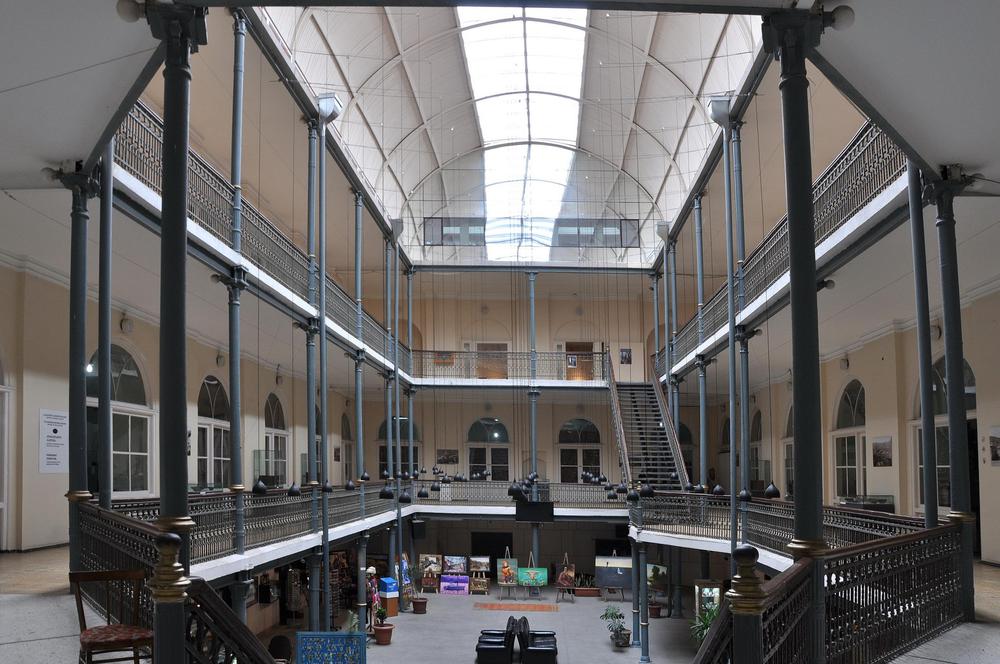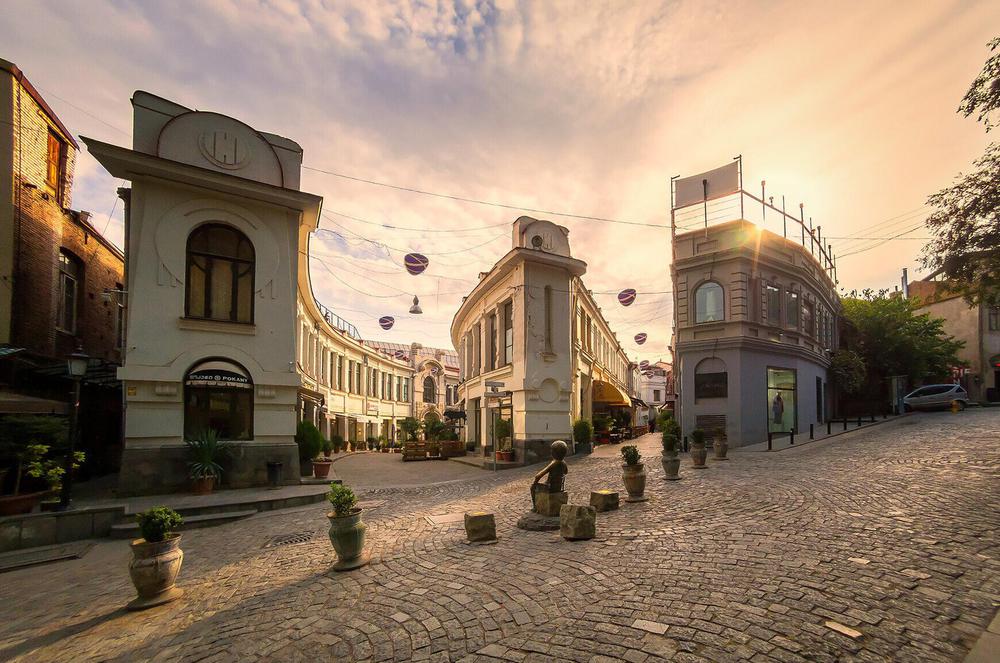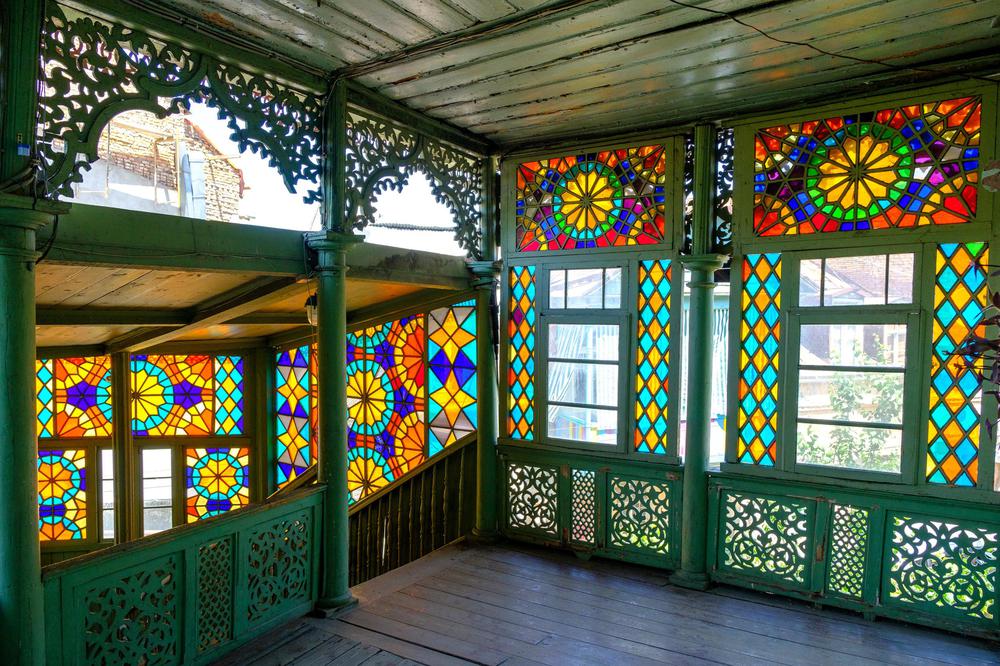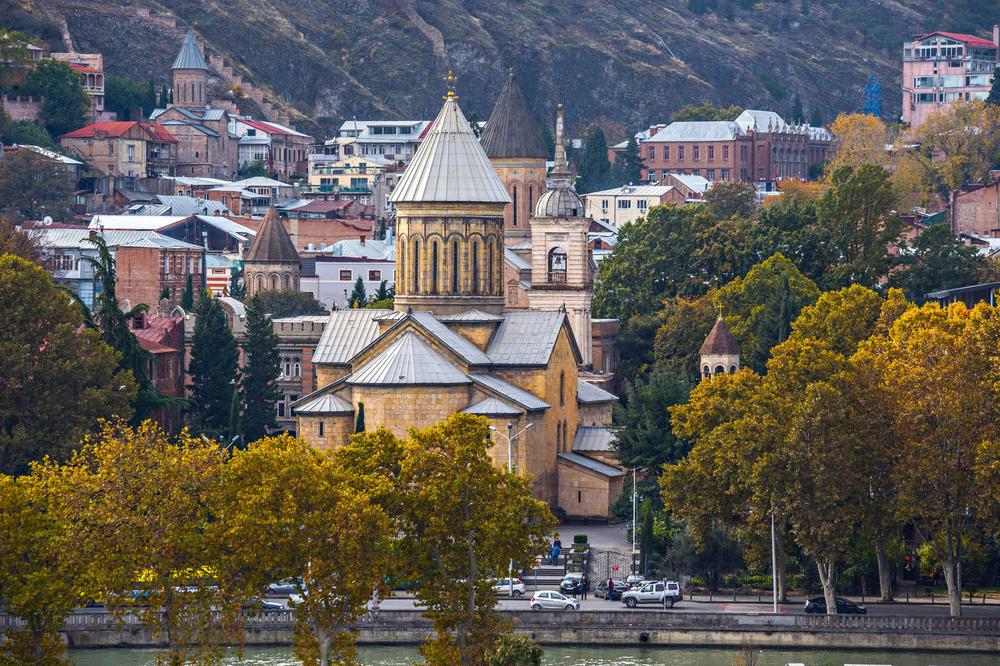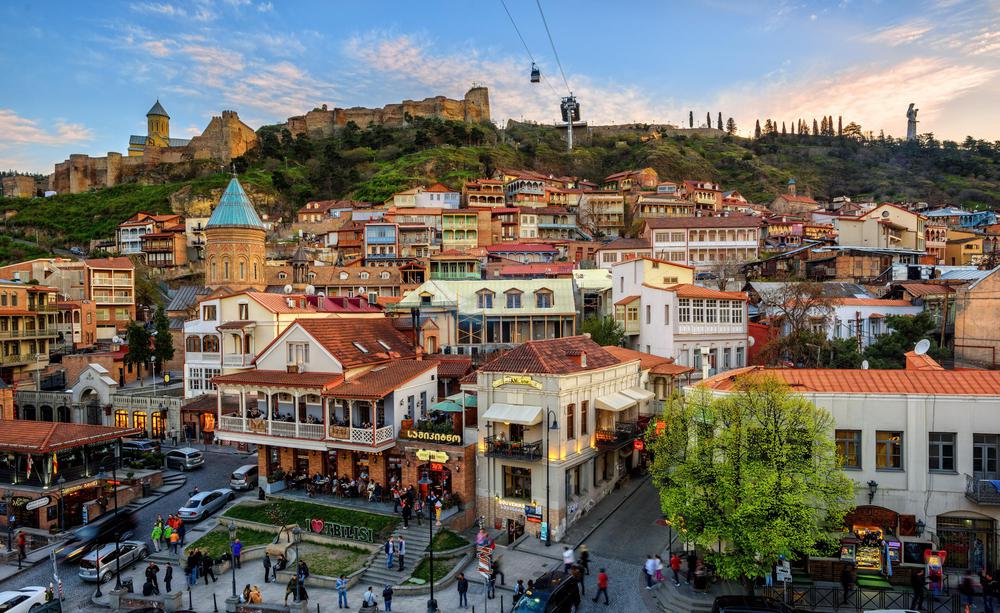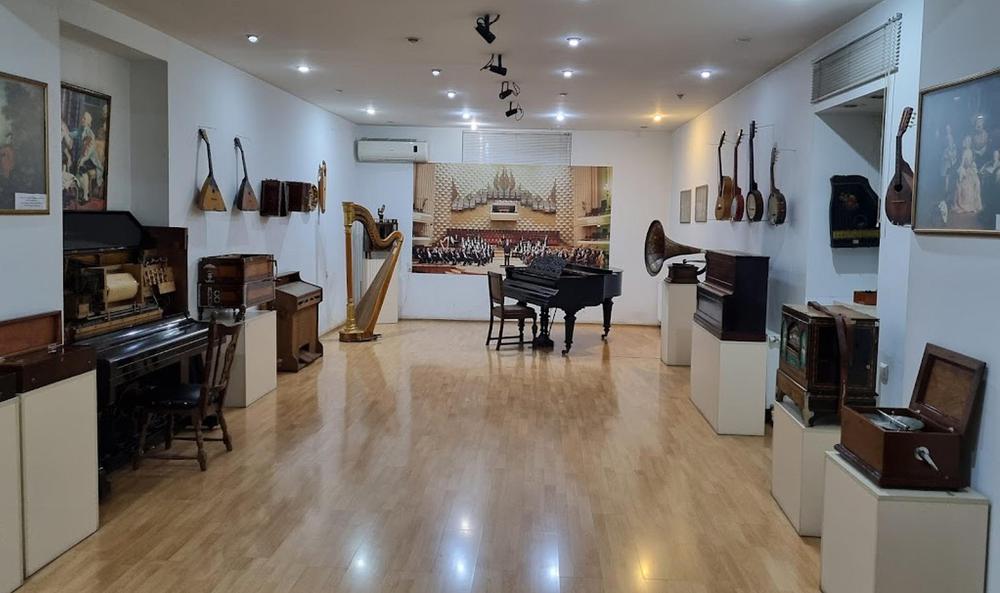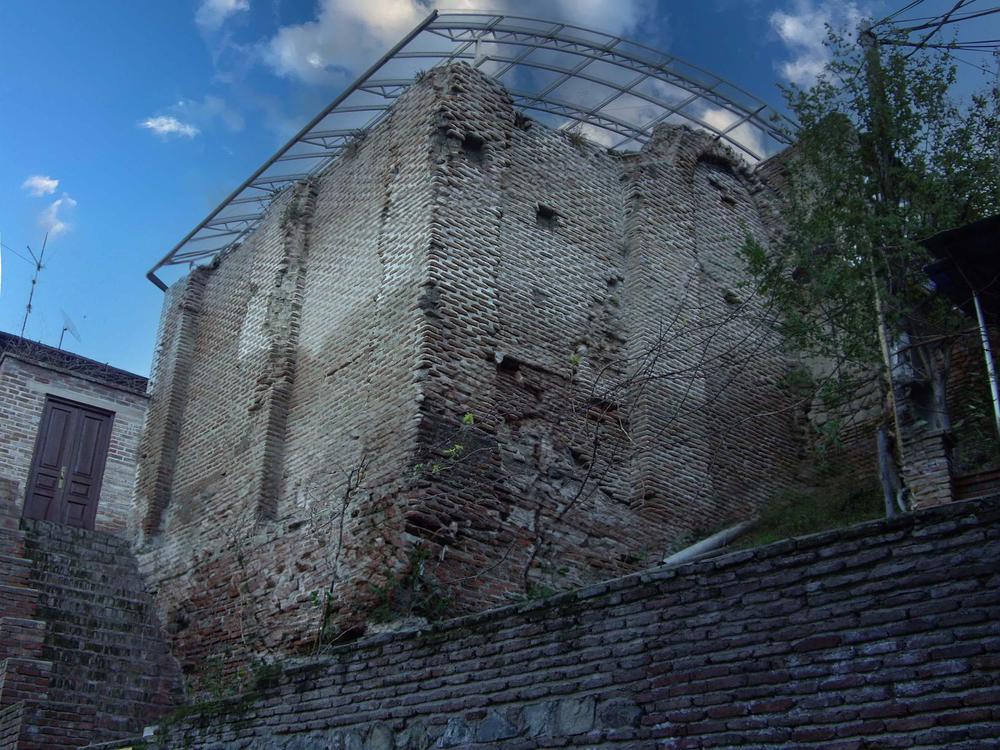A beacon of multicultural Georgia, the Jewish diaspora dates back to the city's founding when Jews first made their homes in Tbilisi. Today, remnants of this long-standing heritage persist with two active synagogues, of which the larger Sephardic one is situated on Kote Abkhazi Street. Constructed in 1910, the Great Synagogue, also known as the Georgian Synagogue, is a prominent symbol of this legacy.
Fusing traditional Georgian and Jewish architectural motifs, the red-brick structure of the Great Synagogue spans two stories and faces south towards Jerusalem, honoring Jewish custom. Its eclectic style owes to the Akhaltsikhe Jews who migrated to Tbilisi in the late 19th century and built the synagogue from 1895 to 1903. Thus, the site also carries the moniker “synagogue of the people of Akhaltsikhe”.
The synagogue underwent a significant restoration in 2009, which carefully preserved its structural and cultural elements. It features prayer and celebration halls, along with a customary women's gallery. At the heart of the prayer hall lies the "Teba", where the rabbi stands during prayers, and on the opposite end of the entrance resides the nearly 150-year-old Aron-Hakodesh (approximately 500 ft away). This sacred space houses the Torah and underlines the religious significance of the synagogue.
Located at 45-47 Leselidze Street in Tbilisi, the Great Synagogue stands as an enduring symbol of Tbilisi's rich Jewish history and continues to draw in approximately 1000 visitors per day. Meanwhile, the smaller but equally historically significant synagogue at 13 Kozhevennyi Tupik Street adds to the vibrant tapestry of Jewish heritage in the city.

